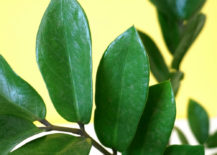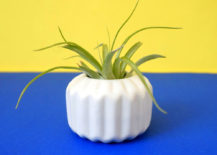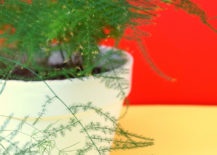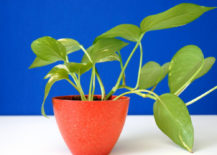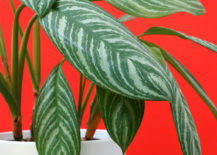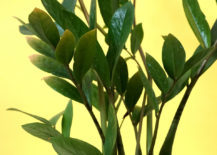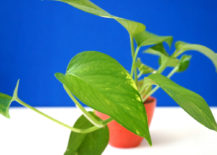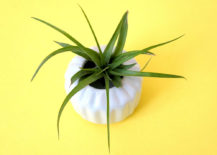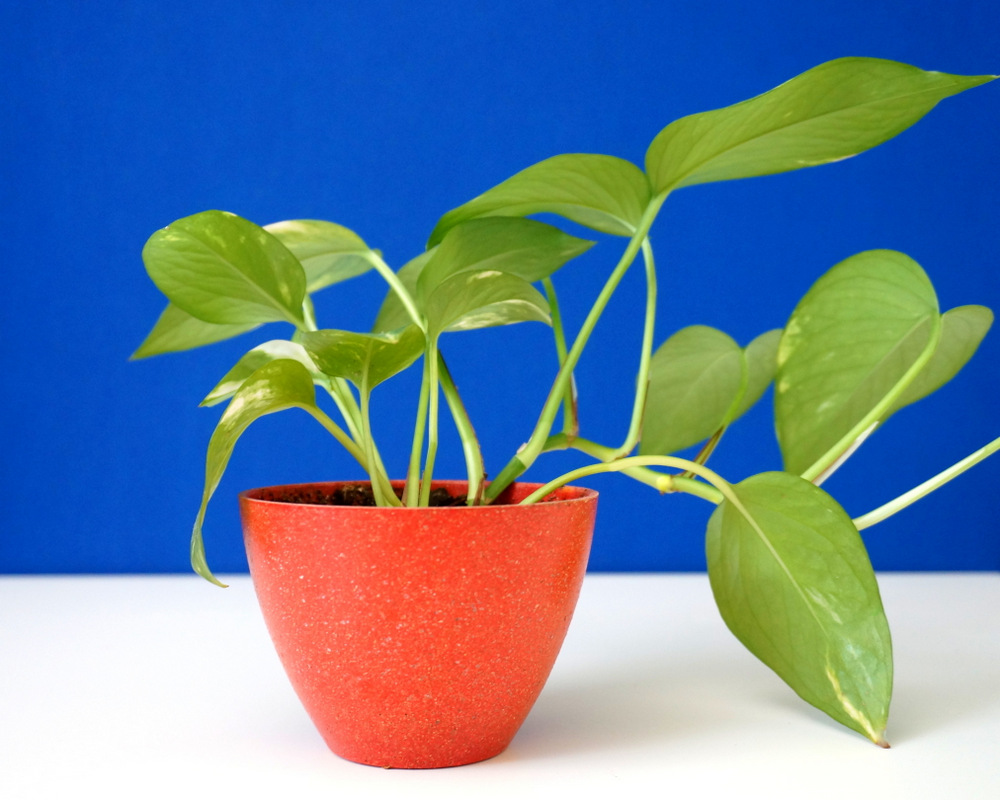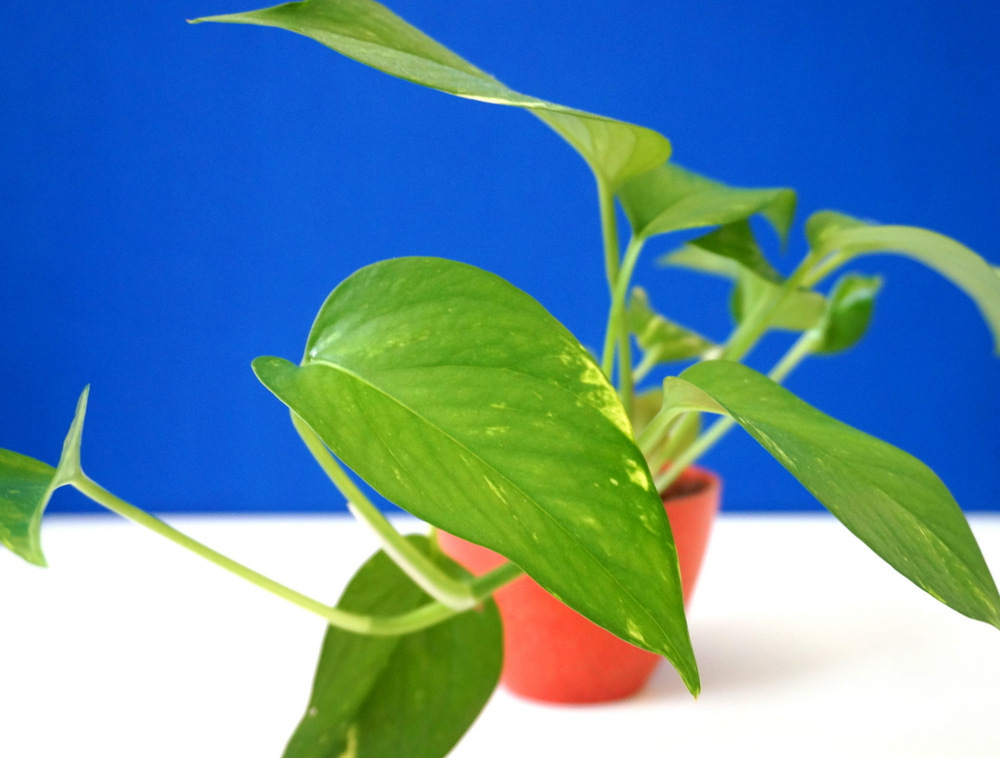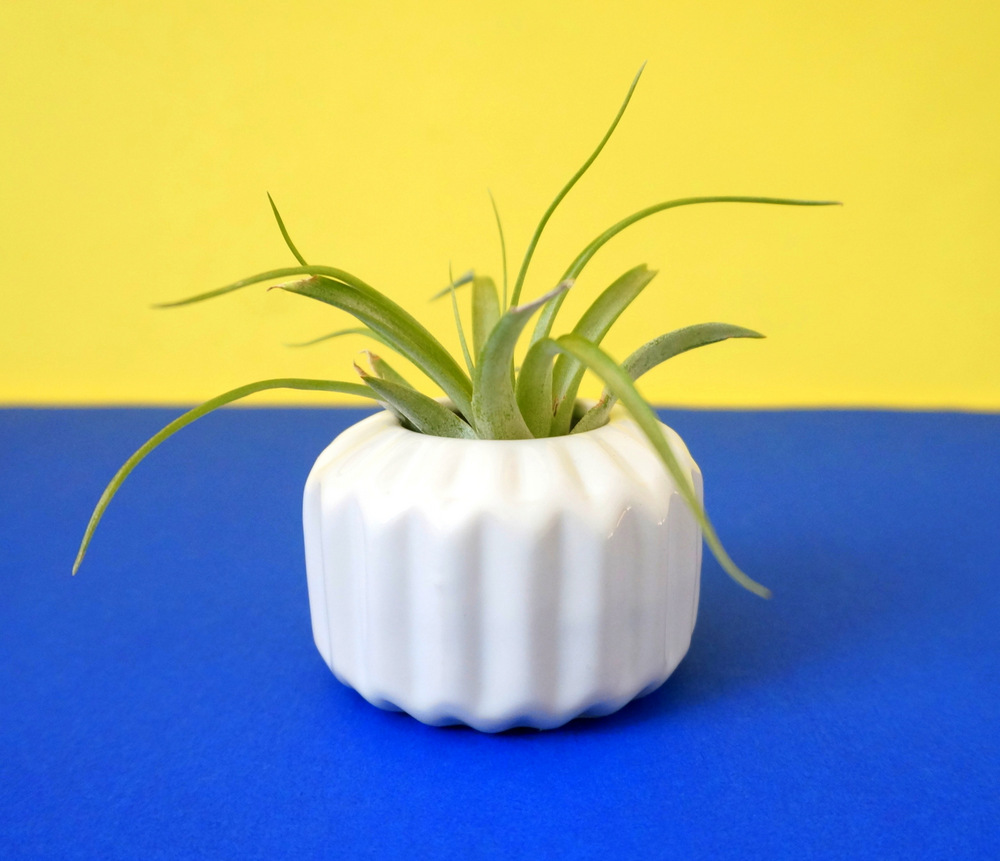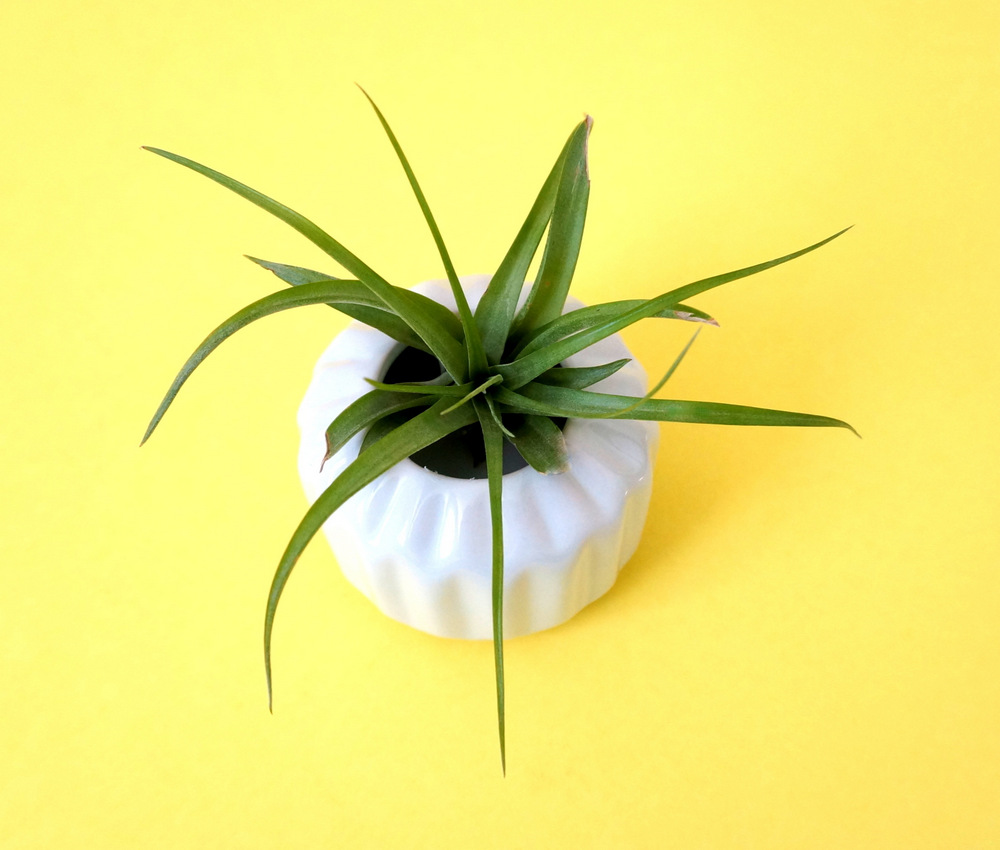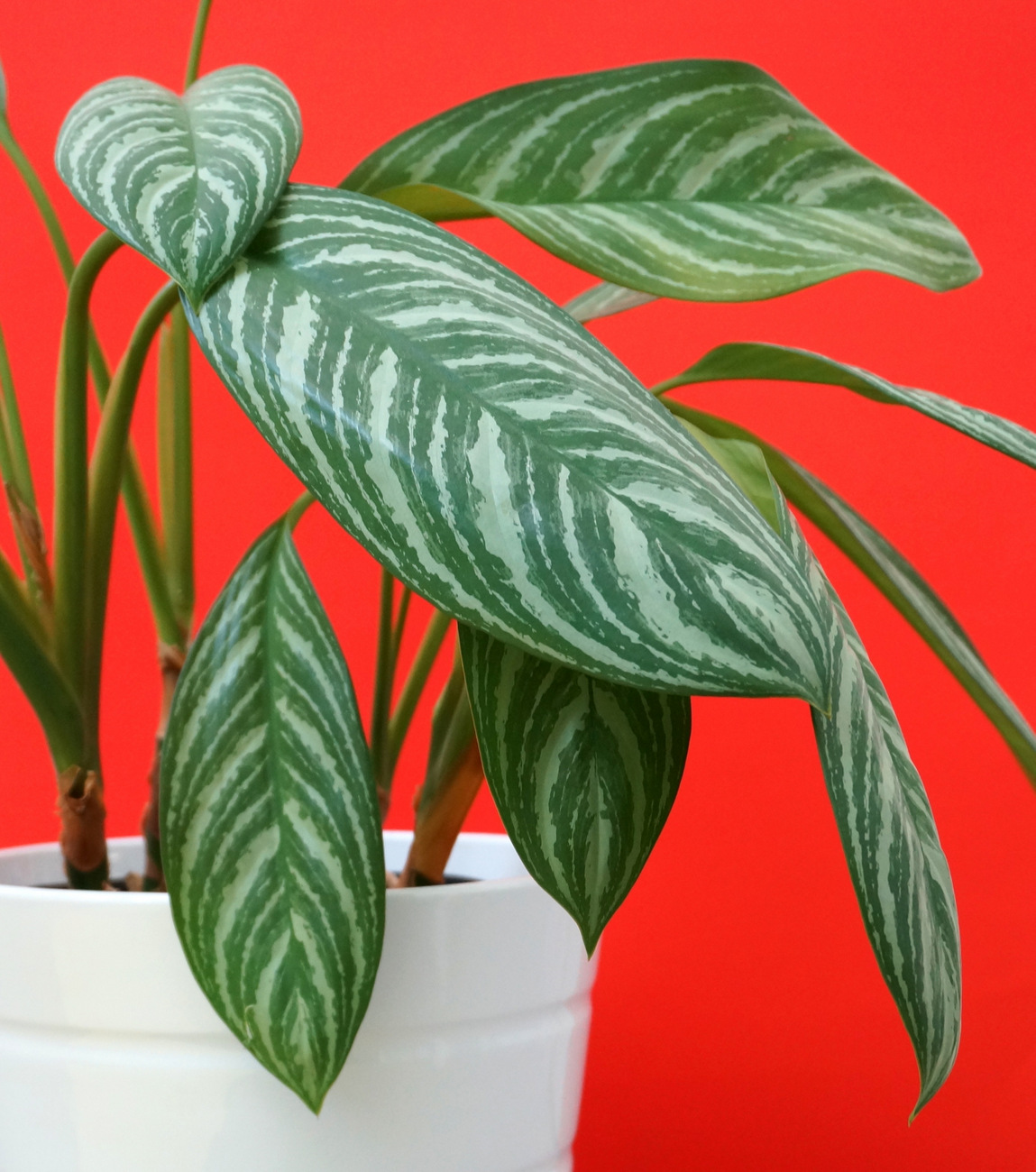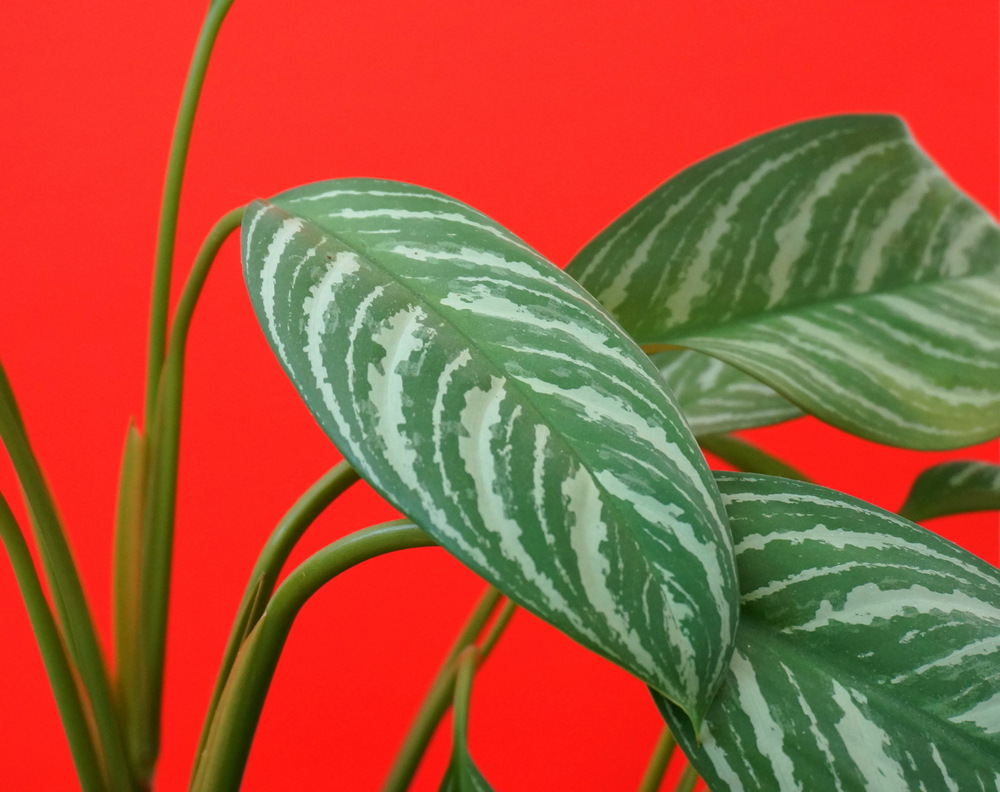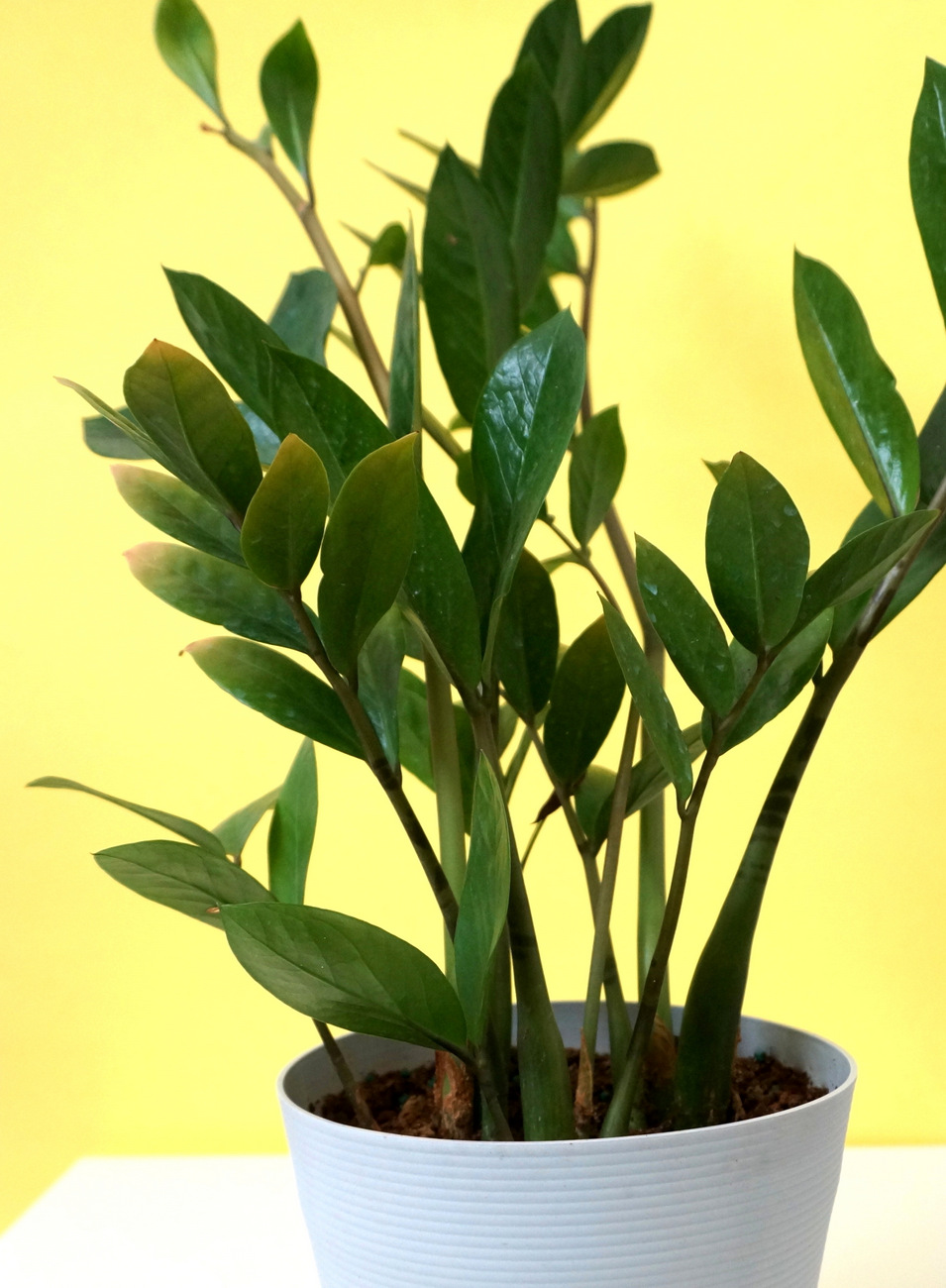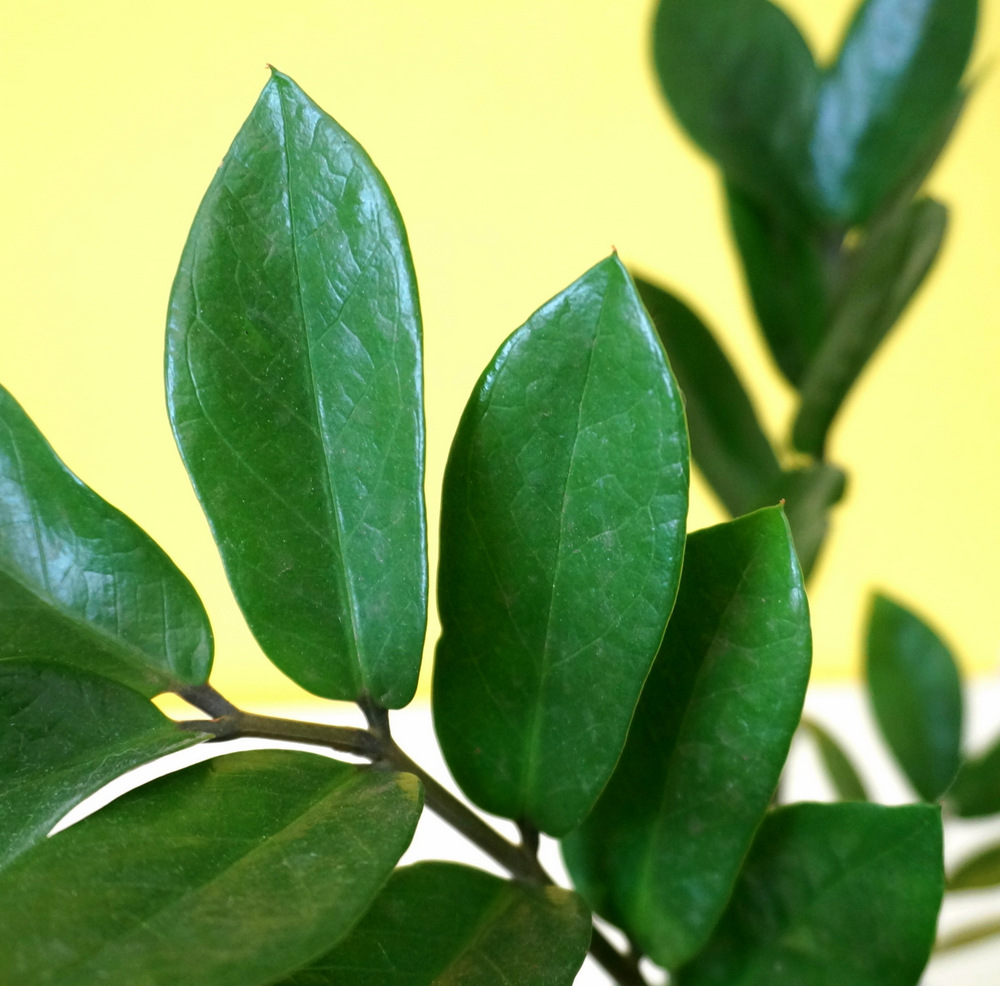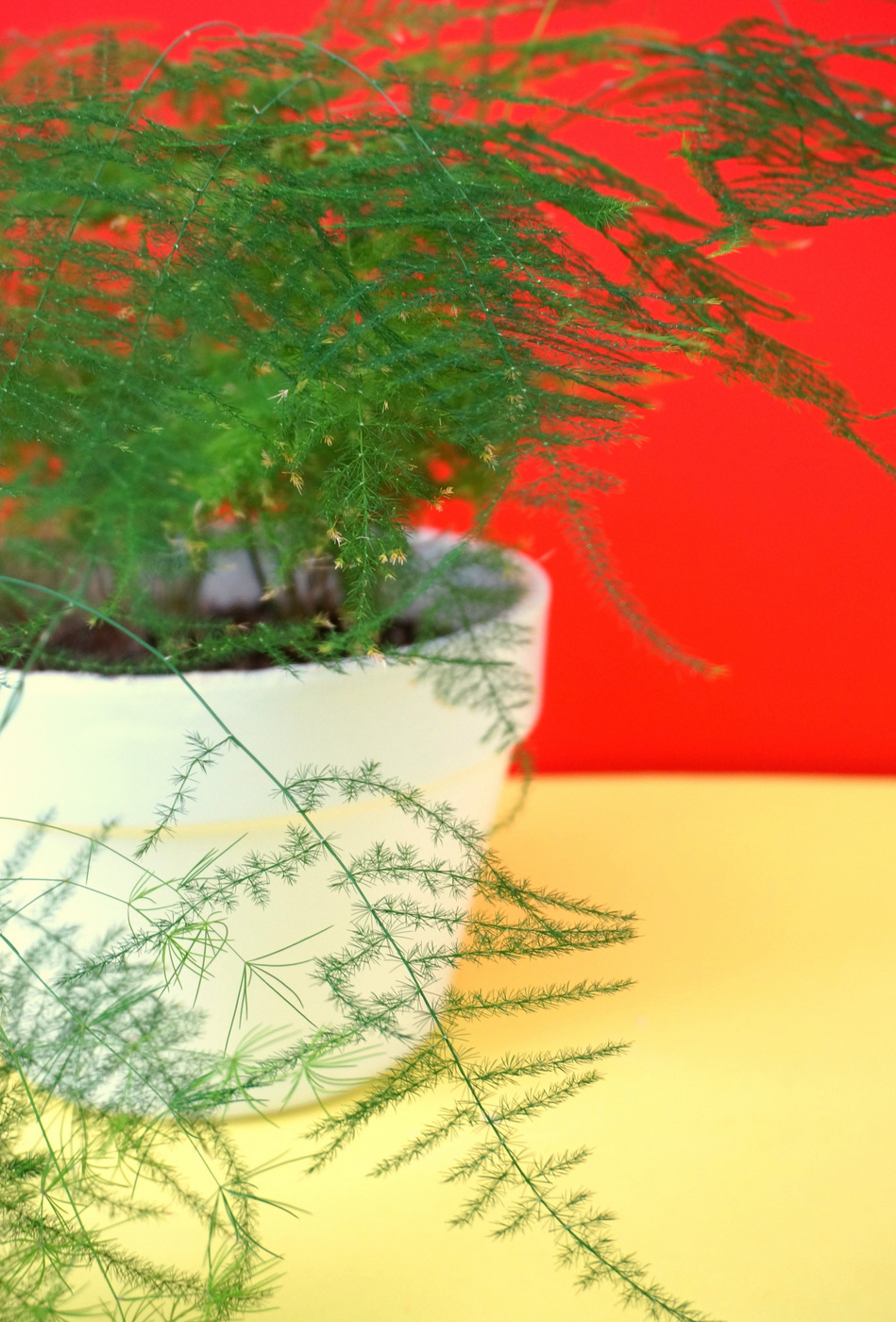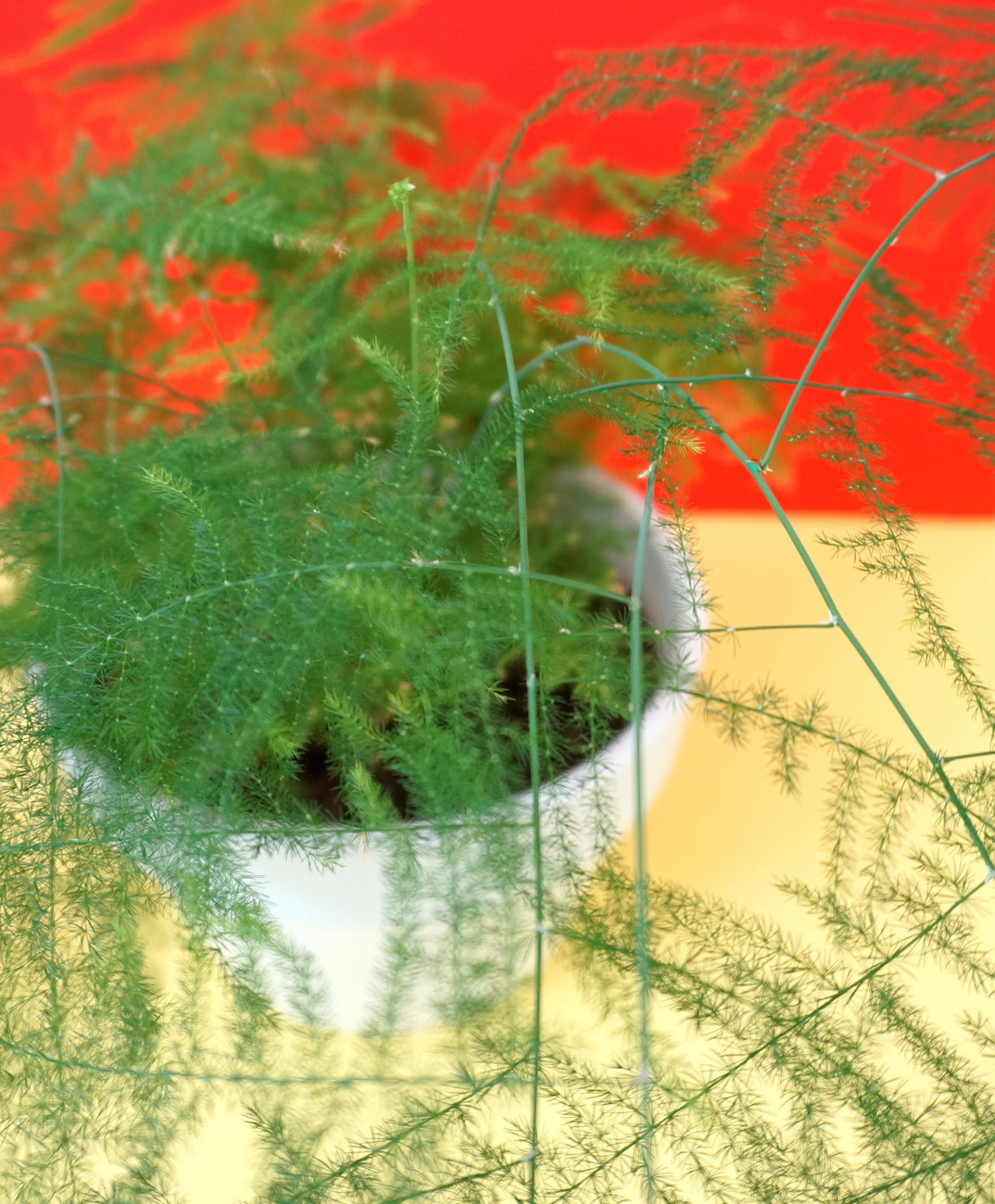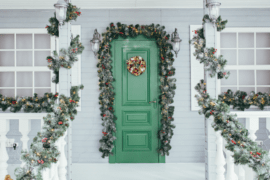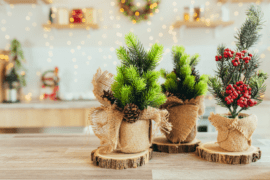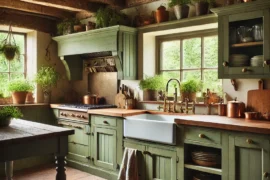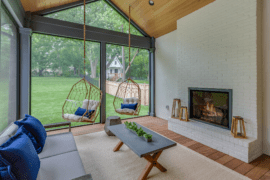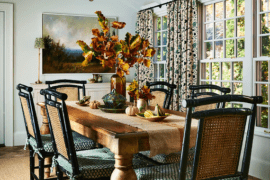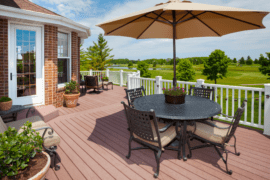Bringing nature indoors with an eye-catching houseplant is a great way to breathe new life into your home. Yet keeping that houseplant alive is another story. Kate here, and I’ve cycled through my share of plants, despite my best efforts to maintain them. Today I’m sharing 5 hardy selections that have survived erratic watering, minimal fertilizing and other unfortunate adventures. These houseplants are tried and true. And I’m guessing if they can survive in my home, they just might have a chance at thriving in yours!
As you check out the plant suggestions below, remember to do your research when it comes to the fine print. For example, ask the expert at your local nursery about the best times of the year to fertilize and/or re-pot these plants if necessary. Not to mention, most if not all of them are toxic to dogs and cats (and possibly young children), so keep them out of your pets’ reach. For safer options, check out this Decoist post. Now, are you ready to choose your next houseplant?!…
*Photos and styling by Kate Simmons for Decoist
Golden Pothos
Let’s begin with golden pothos. This plant is a favorite when it comes to low-maintenance greenery! Not only can it survive in lower-light environments (such as your office cubicle), it will eventually cascade over the sides of the planter, making it a favorite for bare spaces. Or high spaces, such as shelves. Or spaces simply in need of a burst of green goodness!
RELATED: 20 Air-Purifying Plants for Your Interior
If your pothos plant has variegated leaves as opposed to overall-green ones as pictured, it will be less likely to handle lower-light spaces. With that said, it should still do well indoors, especially if placed near a window or artificial lighting. Keeping your pothos out of direct sunlight is best. Water it thoroughly, but let the soil dry out in between soakings.
As a bonus, this plant can be grown from cuttings! Simply place them in a container of water and watch them take root and flourish. I have my pothos growing in a kitchen window that does not receive direct sunlight. Sadly, it droops when I forget to water it, then perks back up once I get with the program again! It’s a real trooper, in every sense of the word.
Air Plants
Air plants are a true favorite of mine, as they don’t require soil to survive. This makes them perfect for displaying in a range of containers, from bowls to terrariums! Despite their name, they need more than air to get by. In other words, if you don’t water air plants, they will die. Trust me, I speak from personal experience. I’ve also made the mistake of thinking they can be placed in lower-light areas. Wrong again! These plants need bright, indirect light to thrive.
Water your air plants by soaking them in a container of water at least once a week. You’ll find different opinions on how long to soak them, ranging from 10 minutes to hours on end. I typically immerse mine in water for 15-20 minutes at a time. It will become clear to you which of your air plants can go longer without their leaves curling (a sign they need water) and which ones require more frequent attention. For air plant care tips, check out this Decoist post.
On a side note, the air plants that are truly thriving in my home are super-affordable air plants that were glued down to their containers before I purchased them…at the grocery store. Go figure! The air plant featured above was a Trader Joe’s purchase.
Chinese Evergreen
There are many varieties of Chinese evergreen, but they all share the common feature of long, full, pointed leaves. Their leaves can display a range of patterns and tones. I’m a fan of the green-on-green markings of my Chinese evergreen, pictured below. And boy, is this plant hardy!
RELATED: 5 Low-Maintenance Plants for Landscaping
In fact, my Chinese evergreen has survived erratic watering (I’m getting better at this, I promise), and the plant can even handle lower-light environments as well. If the air is slightly humid in your home, even better! I have mine in a home office that gets a lot of indirect afternoon sunlight, and it’s very happy there. In fact, indirect lighting is best.
Moderate watering of this plant will do; I water mine about once a week. Allow the soil to dry out a bit between waterings, and you’re set! This plant is substantial, and considering how easy it is to care for, it certainly packs a big punch as a green accent for your home.
ZZ Plant
It’s hard not to love the glossy leaves of the ZZ plant! Short for Zamioculcas Zamifolia, ZZ will add a burst of rich greenery to your interior. Don’t look too closely at the leaves of my ZZ plant below…or you’ll be able to see a hint of yellow, a true sign that I’ve overwatered! There are no hard-and-fast rules for watering this plant, although you’ll need to water it more often if it’s in a brighter environment.
I’ve learned to water mine about once a week or less, as long as the soil isn’t too moist. Allowing the top of the soil to dry out between waterings is a good bet. Direct sunlight is NOT recommended, but note that the plant can handle a range of lighting levels, from bright indirect light to lower-light settings.
Since the ZZ plant will thrive despite neglect, it’s a favorite for those who don’t exactly have a green thumb (like me)! In fact, the leaves are so shiny, it’s often mistaken for an artificial plant. It looks great, it’s low-maintenance. Yes, the ZZ plant is a keeper!
Asparagus Fern
Did you know that the asparagus fern is not a true fern?! One hint of that fact: its needle-like “leaves”. Yes, the plant pictured below IS a type of asparagus fern, even though it doesn’t produce spear-like stalks. Don’t you love those lacy leaves?!
Indoors, your asparagus fern will love sunny spots, but it can handle medium lighting as well. I have mine in a room that is mellow during the morning hours but sun-filled in the afternoon. Water your indoor asparagus fern when the soil dries out a bit. Honestly, I probably go a tad too long between waterings, but mine has yet to falter. This plant is one tough cookie!
I hope today’s post has given you some helpful ideas for your next houseplant purchase. The plants I photographed and shared with you today are my true favorites. They’ve survived and thrived, and their presence lifts my spirits. Here’s to a happy, green 2017!
